On the use of skulls and bones in higher education
We recently told you about the use of 3D-printed pollen grains as teaching material in a paleoecology lab course (read about it here). It seems like the engagement around 3D-printing in teaching is spreading as fast as the flu. The latest (but certainly not last) victim of the epidemy is Jorun Nyléhn, associate professor at BIO/bioCEED, who subjected her students in the teacher programme to a series of skulls.
7 skulls in total were printed. Four of them encompass the evolution humankind: Australopithecus, Homo erectus, Homo neanderthalensis, and Homo sapiens. For comparison, the skull of a bonobo ape (Pan paniscus) was also made. As "bonus material", the model of Phineas Gage's skull (which those of you with a background/interest in psychology will certainly recognize) and a wireframe skull were added.

To teach or not to teach.
Photo J. Nyléhn/bioCEED
The skulls were printed for “Lektor kickoff”, an event for the first-year teacher students at the Faculty of Mathematics and Natural Sciences on November 14th, 2019. Learning science and activities were combined in the presentation “An active quick trip through human evolution - learning from Australopithecus to Phineas Gage”.
The skulls were placed among the students, giving them the opportunity to handle them and get a hands-on experience of the evolution of our skulls. Students were seated in groups with a skull on each table. After the presentation, they could compare the skulls, which triggered further discussion. The skulls clearly added value to the presentation, they were surprisingly naturalistic, and something worth to remember.
Read more about them on Wikipedia:
- Phineas Gage
- Homo sapiens
- Homo neanderthalensis
- Homo erectus
- Australopithecus
- Pan paniscus (Bonobo ape)
Where to find the 3D models

Skulls with a twist...
Photo: Jorun Nyléhn/bioCEED

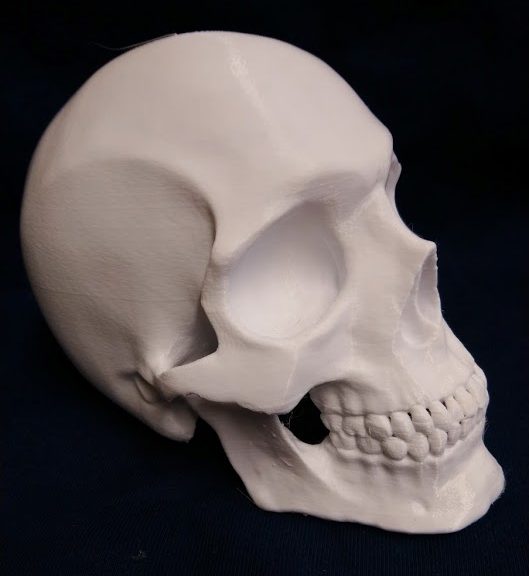
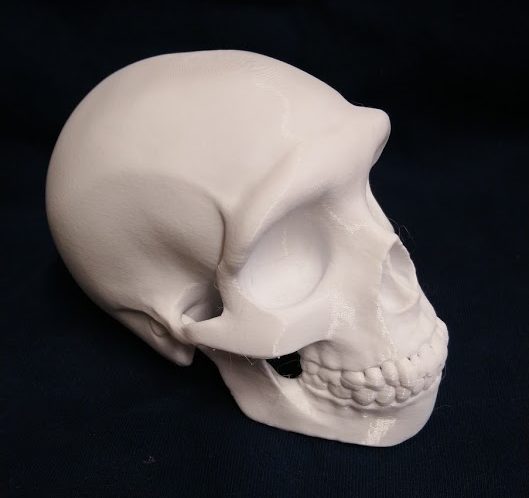
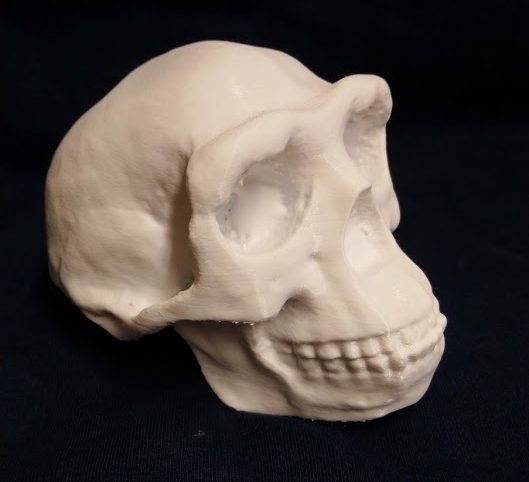
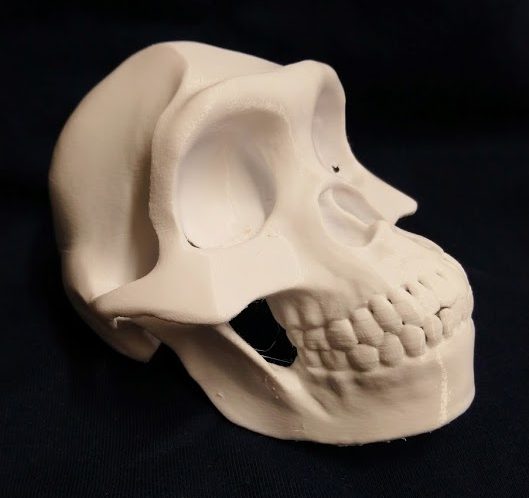
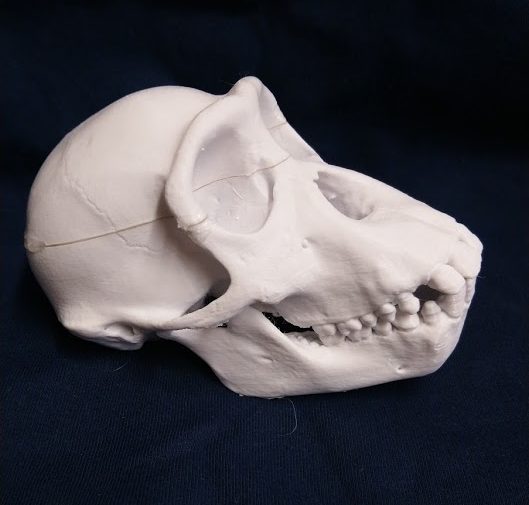
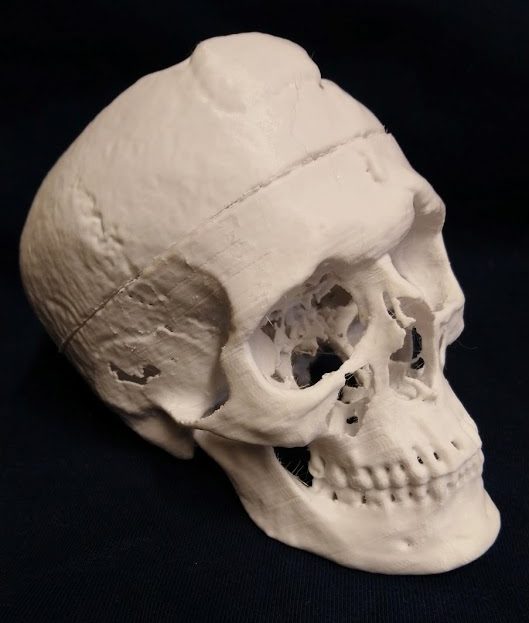




1 Response
[…] er brukt i ulike sammenhenger senere, blant annet på en liten kick-off for lektorstudenter i fjor. Skallene er også brukt i […]